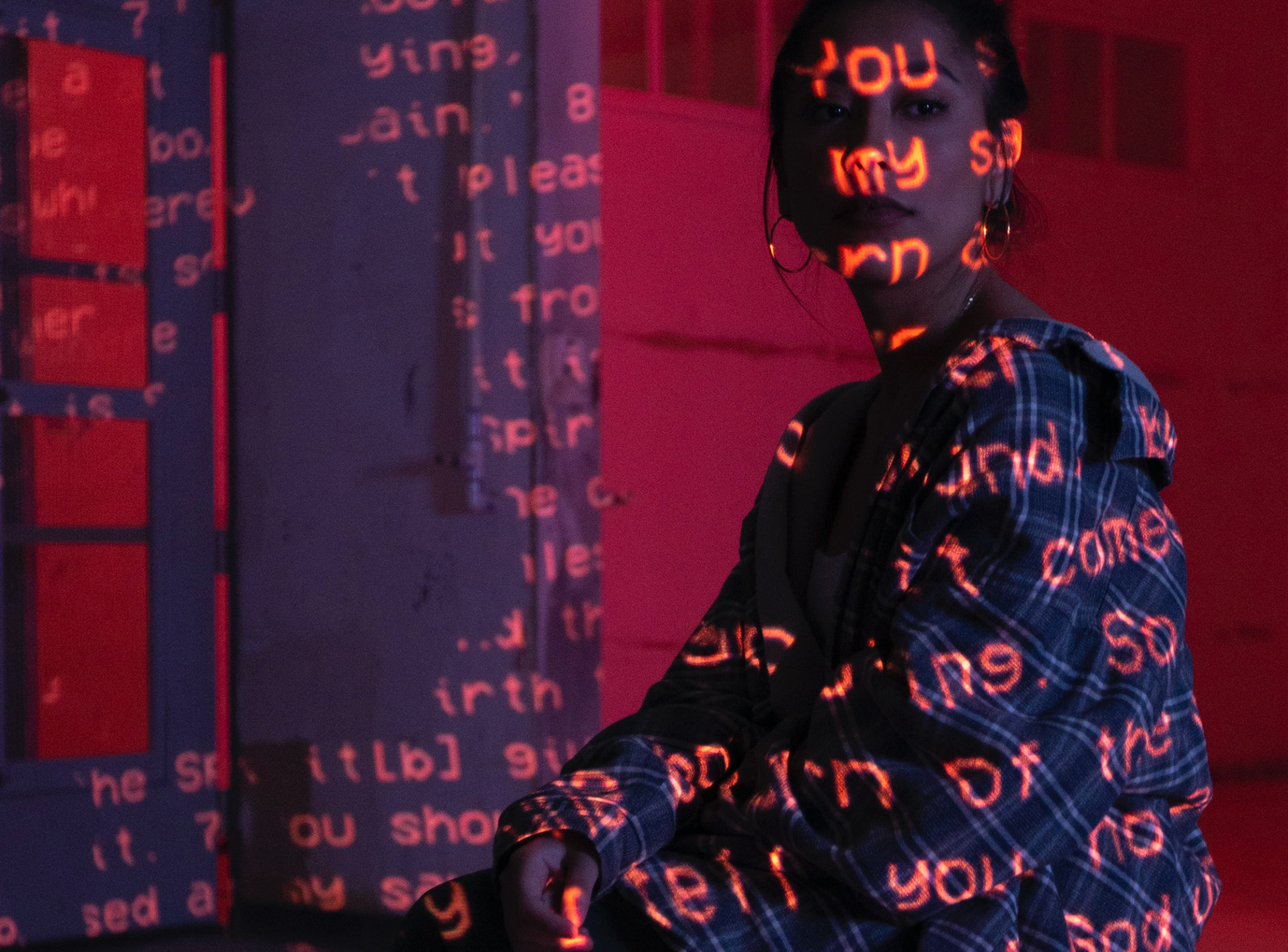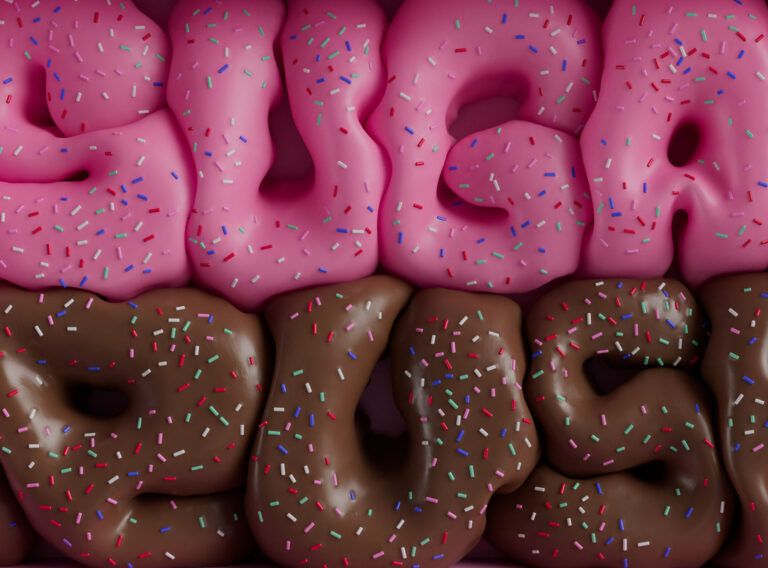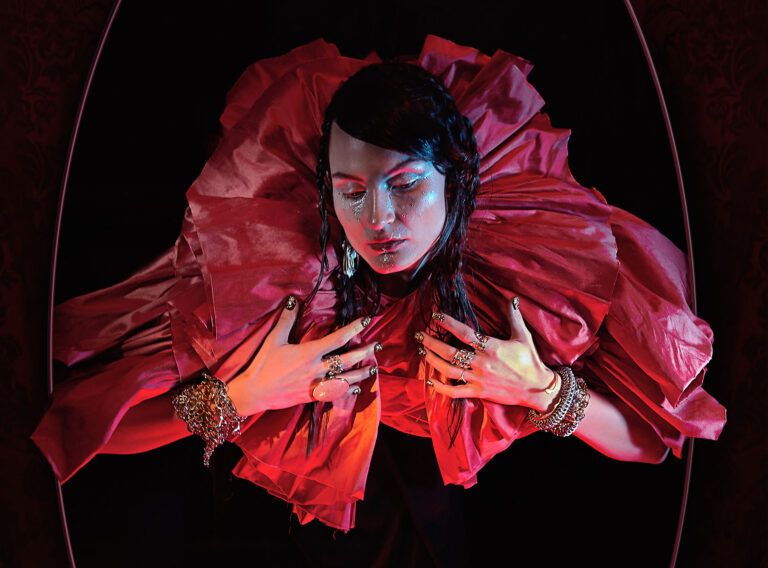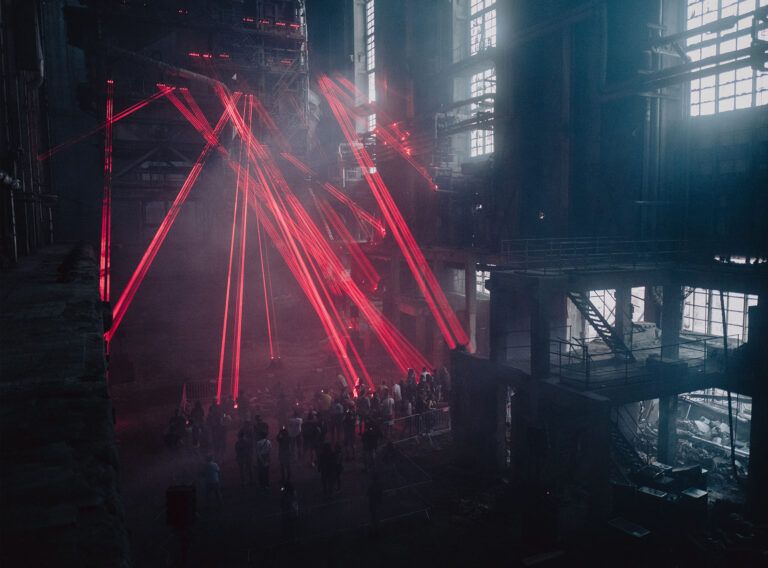“Well, I still think that you ARE a cyborg,” vehemently says a 12-year-old girl, a student. We find ourselves at a grammar school where I’m currently lecturing about cyberpunk. On the wall, I’m projecting an enlarged X-ray image of my hand. I have a screw in my wrist after an injury. It will stay with me until the end.
Similar mechanical parts can be found in the body of about anyone. But does that make me a cyborg? The collective search for someone who can make a claim to the “cyborg” label is my favourite game to play with students.
Usually, we end up with a cyborg originally being a human or an animal with technology integrated into their body. This technology does something “extra”. Extra meaning more than just holding bones together or replacing a joint. By the way, at least every hundredth person you meet in the street is a cyborg. Thanks to a pacemaker, of course.
The highest goal of interconnecting a body with technology was and still is linking the human brain to a computer. The first brain implant that was used by a paralyzed patient to move a computer cursor was successfully implanted on the brain’s surface already in 2004. The device was obviously large, required plenty of cables, and attached and connected complicatedly. This path is further explored by Neuralink, Elon Musk’s company. This year, they hope that they’ll succeed in planting their own device inside the human brain; a device sophisticated enough to connect biological synapses with artificial intelligence. Neuralink comprises of flexible fibres thinner than human hair and will be operating wirelessly. Something never seen before. Furthermore, the external part of the device is as big as a hearing aid and looks rather elegant.
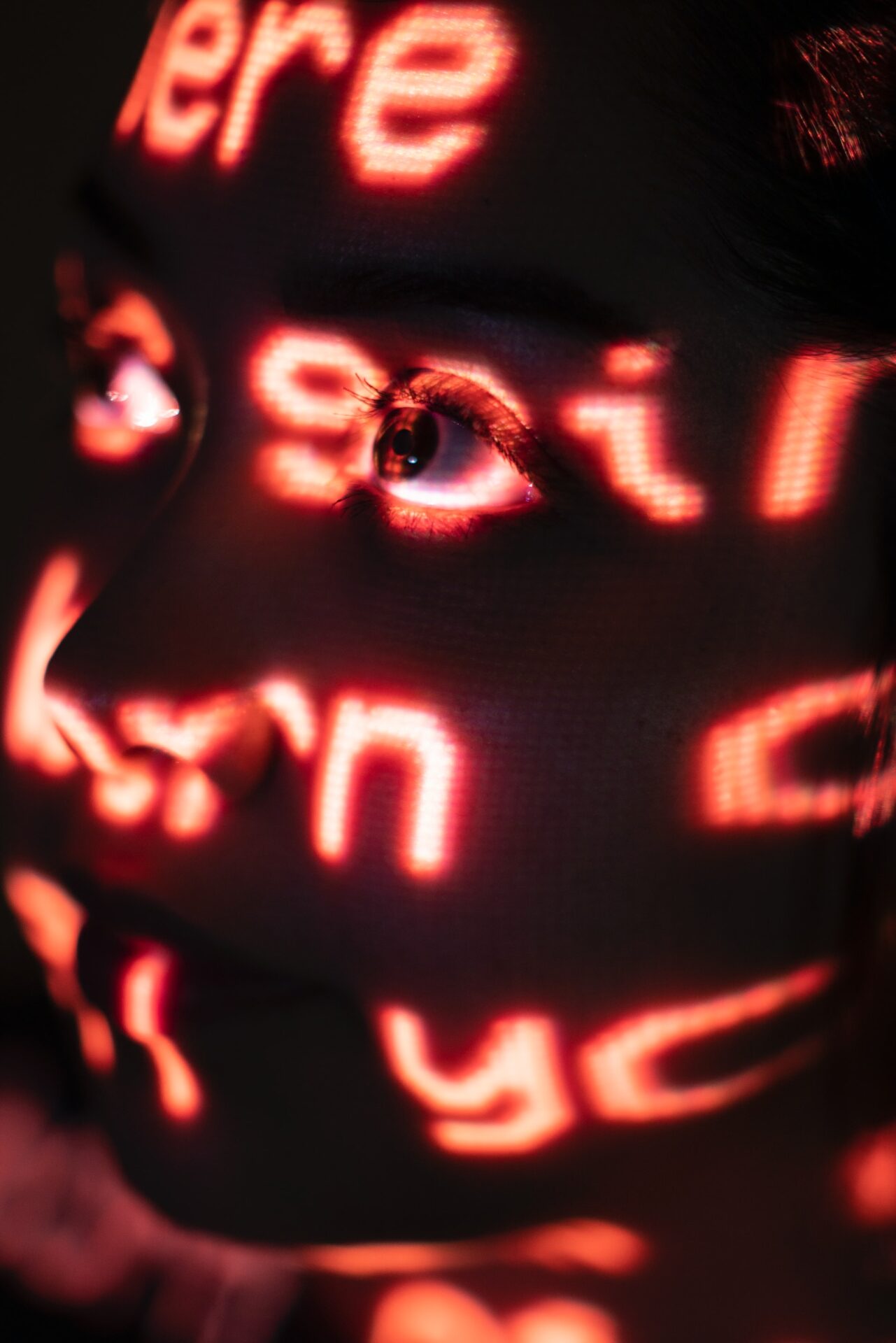
Subsequently, the peak achievement is a total abstraction of human consciousness into the datasphere. We’ve been already reading about this since the early cyberpunk literature of the 80s. It’s a version of cyber-immortality where consciousness exists independently. We are then able to easily shed our bodies, which are just meat to orthodox cyberpunks.
Similarly as I, now and again, name who’s a cyborg alongside the students, I keep rethinking the term biohacking. Hacking of(f) the bio-parts of us. Some time ago, I was preparing for a biohacking conference but then I realized that most of the people who spoke there already “biohack” themselves by monitoring their sleep cycles, popping vitamins, being on a special diet or a workout program. C’mon. Who isn’t these days? But where is the hacking? You have to literary hack the organic pieces, the flesh, the body to be a true biohacker. There has to be blood. At least that was the way I saw it.
The flesh and the tech have to touch each other, embrace each other. Make a physical connection. To join the warm, wet and soft body with cold, dry and hard technology and make them work together. That’s the skill, that’s the hack.
While thinking of the ultimate goal of the anti-heroes from the first cyberpunk novels – to merge with the machine and abstract one’s consciousness – I read a short feature about Ashley Fiolek. She’s a motocross racer who was born deaf. Sense of hearing is immensely important for bikers because of the engine sound; it tells them when to change gears and if other racers are approaching and from which side. Fiolek describes that she perceives all this with her body, that she “senses” the motorbike and its vibrations and thus becomes a part of it. The quality and depth of their connection is a matter of life and death. So, after all, isn’t she the true biohacker? Working with her senses only, without a drop of blood that needs to be shed. Becoming a cyborg every time she mounts her bike.
And going even further, considering all the technology we use on the daily and surround ourselves with, and which changes our behaviour, our bodies. How we hold it, bend over towards it, even predict it to be in some places, expect it and rely on it. From this point of view, we are all cyborgs now. And the future has already happened. Says the cyborg.
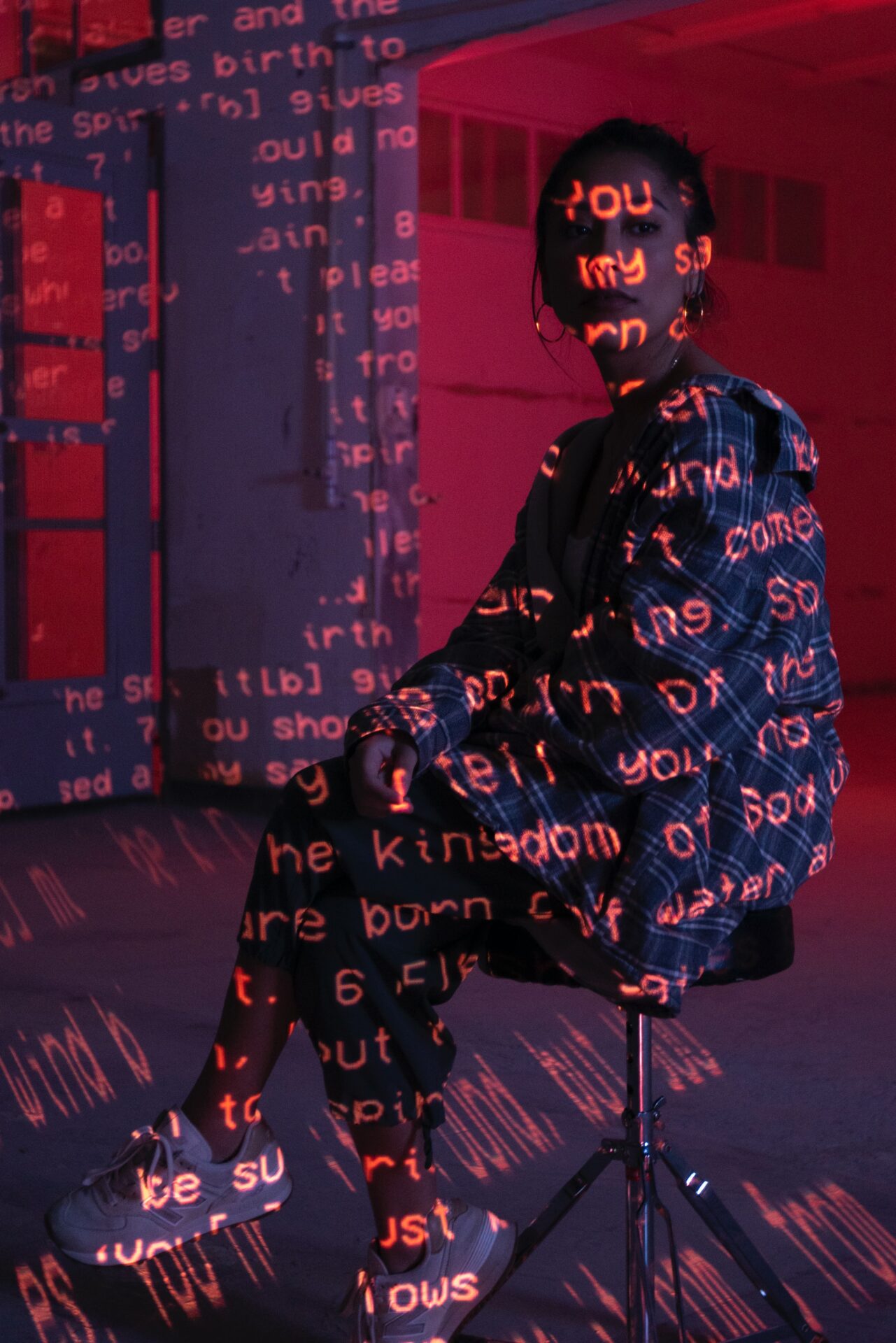
BIO / PhDr. Marie König Dudziaková is a writer and illustrator. During her studies of New Media, she experimented with QR codes tattooed on the human body and created the QRbodies project. She graduated with a thesis about cyberpunk body modifications. For more than a decade, she has been working at the tattoo & piercing studio Hell in Prague. She writes and lectures about the body modification culture and is the co-author of several body-focused anthropology publications from the “Tělo” (“Body”) series.
CREDITS
Text / PhDr. Marie König Dudziaková
Photo / Joshua Gandara on Unsplash
Translation / Františka Blažková
